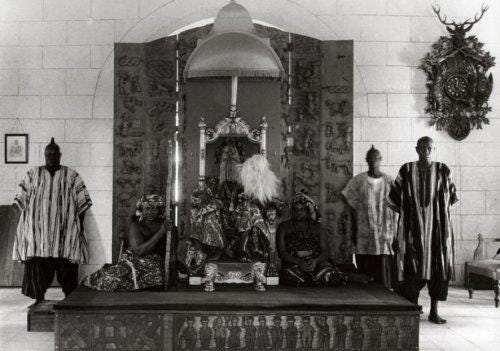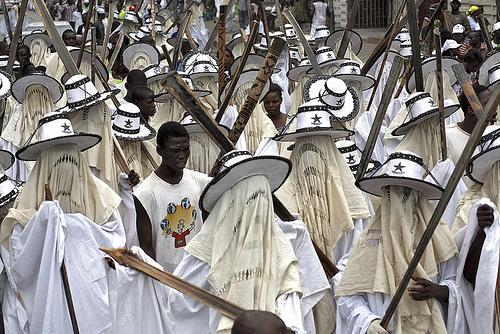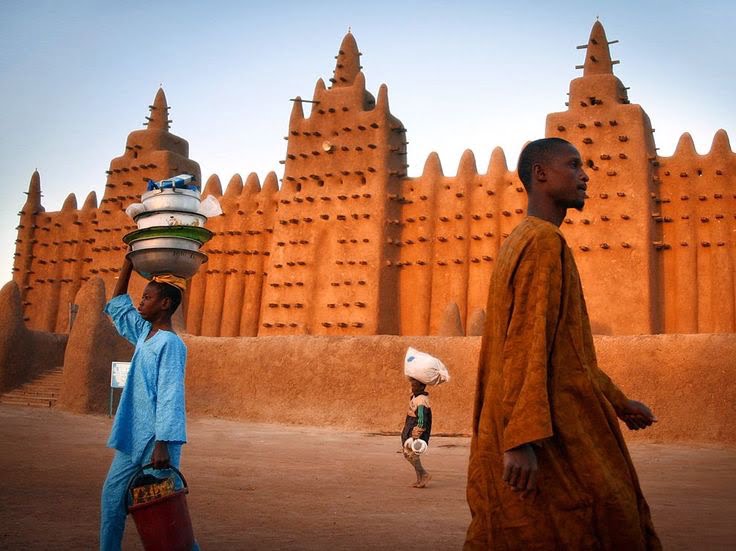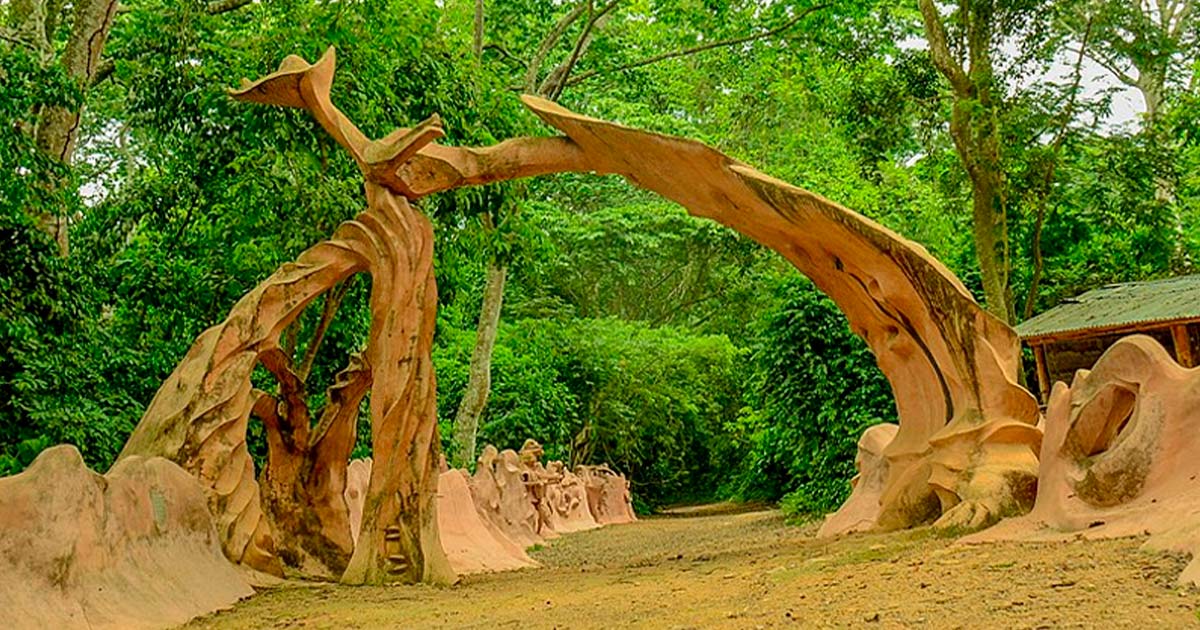Lagos, Nigeria’s largest city, is a bustling metropolis known for its vibrant culture, beautiful beaches, and significant economic influence. But beneath its modern exterior lies a rich and complex history that has shaped Lagos into the city it is today. This article delves into the fascinating history of Lagos, from its early beginnings to its current status as a major African hub.
Early History of Lagos
Lagos’s history dates back to the 15th century when it was originally known as Eko. The name “Eko” was given by the indigenous Awori people, who were the first settlers. They were fishermen and farmers who lived peacefully along the coastal areas. Eko, which means “war camp” in the Yoruba language, reflects the strategic importance of the area.
In the 16th century, Portuguese explorers arrived, marking the beginning of European contact. The Portuguese named the settlement “Lagos” after a coastal town in Portugal. This period saw the beginning of trade between the locals and the Europeans, primarily in slaves, spices, and palm oil. The Portuguese influence is still evident today in some of the architectural styles and place names in Lagos.

From: The Centenary Project
Colonial Era
In the mid-19th century, the British became increasingly interested in Lagos due to its strategic position and economic potential. In 1851, the British navy bombarded Lagos to put an end to the slave trade, which had flourished under both indigenous and Portuguese traders. By 1861, Lagos was officially annexed as a British colony. This marked the beginning of significant changes in the city’s structure and governance.

Under British rule, Lagos developed rapidly. Infrastructure improvements included the construction of roads, railways, and port facilities. The city became a major trading centre, attracting merchants and immigrants from various parts of Nigeria and beyond. The colonial period also saw the introduction of Western education, healthcare, and Christianity, which influenced the cultural landscape of Lagos.
The British established administrative buildings and introduced new urban planning concepts that reshaped Lagos’s cityscape. The amalgamation of the Southern and Northern protectorates in 1914 made Lagos the capital of Nigeria, further boosting its significance.
The Fight for Independence
The early 20th century in Lagos was marked by increasing political consciousness and agitation for self-governance. Local leaders, influenced by global movements for independence and civil rights, began to push for greater autonomy. Organizations like the Nigerian National Democratic Party (NNDP) and later the National Council of Nigeria and the Cameroons (NCNC) played pivotal roles in mobilizing the populace.
Prominent figures such as Herbert Macaulay and Nnamdi Azikiwe emerged from Lagos, advocating for Nigerian self-rule. The city’s political landscape became increasingly vibrant, with newspapers and rallies becoming tools for resistance against colonial rule.
Post-Independence and Modern Era
Nigeria gained independence from Britain on October 1, 1960, and Lagos became the capital of the newly independent nation. The city experienced a population boom, driven by rural-urban migration as people sought better economic opportunities. This rapid growth led to the expansion of the city’s boundaries and the development of new residential and commercial areas.
In 1991, the capital of Nigeria was officially moved from Lagos to Abuja, a more centrally located city. However, Lagos remained the commercial and economic capital of Nigeria. The city continued to grow, becoming a hub for business, entertainment, and innovation.
Economic Growth and Challenges
Throughout the 1970s and 1980s, Lagos experienced significant economic growth, largely driven by the oil boom. The city became the epicentre of Nigeria’s economic activities, with industries such as banking, telecommunications, and manufacturing thriving. The Lagos Port Complex and the Murtala Muhammed International Airport emerged as major gateways for trade and travel, further cementing Lagos’s status as a global city.
However, this rapid growth also brought challenges. Lagos’s infrastructure struggled to keep pace with its expanding population. Traffic congestion, inadequate housing, and pressure on public services became pressing issues. Despite these challenges, Lagosians demonstrated remarkable resilience and ingenuity, often finding innovative solutions to urban problems.
Cultural Renaissance
Lagos has always been a cultural powerhouse in Nigeria. The city is home to Nollywood, Nigeria’s booming film industry, which is one of the largest film producers in the world. The music scene in Lagos is equally vibrant, with genres like Afrobeat, pioneered by the legendary Fela Kuti, gaining international acclaim. The city also hosts numerous cultural festivals, including the Eyo Festival, Lagos Carnival, and Lagos Photo Festival, which celebrate the rich heritage and creativity of its people.
Art and fashion are integral to Lagos’s cultural identity. The city boasts numerous galleries, such as the Nike Art Gallery and Terra Kulture, showcasing contemporary Nigerian art. Lagos Fashion Week has become a prominent event, highlighting the city’s influence in the global fashion industry.
Key Landmarks and Cultural Highlights
- The National Museum: Located in Onikan, it houses artefacts and exhibits that tell the story of Nigeria’s rich cultural heritage.
- Freedom Park: Once a colonial prison, it has been transformed into a cultural and recreational centre.
- Tafawa Balewa Square: A historic site where Nigeria’s independence was declared in 1960.
- Lagos Island: The heart of the city, known for its financial district, markets, and historical buildings.
- Lekki Conservation Centre: A nature reserve that offers a glimpse of Lagos’s natural beauty, featuring a canopy walkway and diverse wildlife.
- Badagry: Known for its historical significance in the transatlantic slave trade, it houses the Badagry Heritage Museum and the First Storey Building in Nigeria.
The Transformation of Lagos
In recent years, Lagos has seen significant efforts to improve its infrastructure and livability. Projects like Eko Atlantic City, a new coastal city being built on reclaimed land, aim to provide world-class residential and commercial spaces. The Lagos State government has also focused on improving transportation, with initiatives such as the Bus Rapid Transit (BRT) system and plans for light rail networks.
Efforts to address environmental challenges have also been notable. Initiatives to clean up waterways, manage waste, and promote green spaces are gradually transforming Lagos into a more sustainable city. Community-led projects and private-sector partnerships have played crucial roles in these developments.
Lagos Today

Today, Lagos is one of the fastest-growing cities in the world, with a population estimated at over 20 million people. It is a city of contrasts, where modern skyscrapers stand alongside historic buildings. Lagos is known for its vibrant nightlife, cultural festivals, and bustling markets.
The city’s economy is diverse, with sectors such as finance, manufacturing, telecommunications, and entertainment playing key roles. Lagos’s tech scene, often referred to as “Yabacon Valley” (a nod to Silicon Valley), is thriving, with numerous startups and innovation hubs making the city a centre for technological advancements in Africa.
Lagos’s history is a testament to its resilience and adaptability. From a small fishing village to a colonial trading post, and now a sprawling metropolis, Lagos has continuously evolved while maintaining its unique identity. The city’s rich history, combined with its vibrant present, makes Lagos a truly remarkable place. Whether you’re interested in its historical landmarks, cultural festivals, or economic significance, Lagos offers a compelling story of growth, diversity, and transformation.










